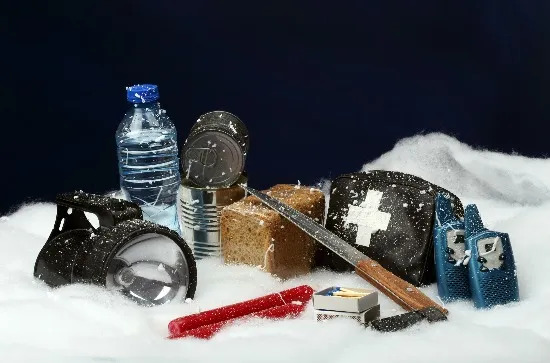It’s important to get your home prepped for fall and winter weather. Here’s a great prepper’s checklist to get those to-do’s crossed off your list!
Now that summer is coming to a close, it’s important to take advantage of the break and get your home prepped for fall and winter weather. Doing so now will keep you prepped for cold weather emergencies.
Here’s a great prepper’s checklist to get those to-do’s crossed off your list!
9 Things To Get Your Home Prepped for Disasters In Fall and Winter
1. Wood Supply
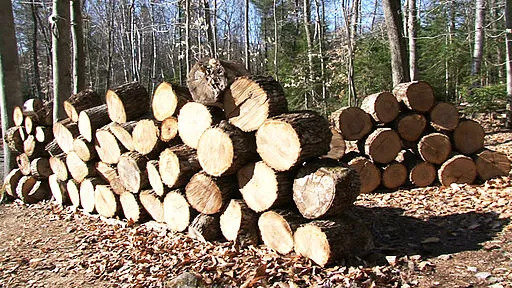
In years past, I’ve emphasized this continually. Now is the time (if fire season precludes use of chainsaws) to cut your wood and to assure your wood supply is ready and accessible. This is both for winter and as a prep: if everything goes down the tubes tomorrow, you will find that the nice fire becomes a necessary fire to heat the home and to cook food. Make sure you have a supply that you can put the majority of the wood, and an area that is readily accessible. Make certain your wood is off of the ground and that it is protected: either under a roof (as in a woodshed) or under a tarp.

Cut it all now, and do a sound estimate on your rate of consumption under adverse conditions (loss of power, or SHTF scenario). Don’t forget fire starting materials and a good supply of newspaper: since the latter contains no “news” it’s perfect for burning and can be stored in your woodshed. Ensure chainsaws, axes, splitters, and other tools are in good working order and ready to use. And don’t forget about new box of matches!
2. Chimney, Roof, and House “Integrity”

Don’t procrastinate, and have that chimney swept out now, or do it yourself. It’s easier if you have a stovepipe rather than a chimney: then you need the appropriate-diameter brush and the detachable rods. Creosote fires can burn down the whole house. You can pick up the rods and brush at a hardware store or order them online and have them sent to you.
Read more about how to properly clean your chimney here. Make sure your roof is cleared of debris and your rain gutters are cleared and in working order. House “integrity” refers to closing up any kinds of gaps, cracks, or holes in the foundation or body that leave room for heat loss and entry of cold air. This is best accomplished with spray-in foam, silicone caulk, and weatherization with heavy plastic and foam molding.
3. “Twice on the Pipes”
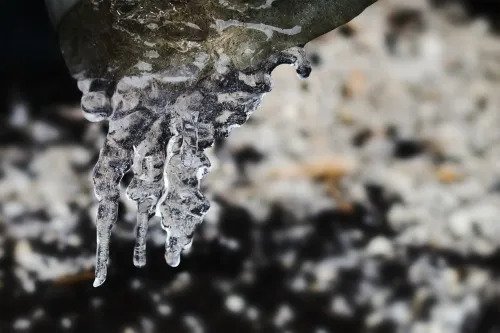
[To paraphrase Tony Orlando and Dawn] check to make sure all of your pipes are well insulated, especially those exposed to the freezing temperatures. The foam-type with the slit/slotted aperture is good; make sure to close the aperture with duct tape, as the glue on the edges is usually lacking. Once again, blow-in foam in an aerosol can works really well in those tight spaces where there isn’t much room to cram in insulation. It’s only about $8 per can and goes a long way. Protect your outlets for hoses with foam outlet covers. Make sure your drain the water out of all your garden and utility hoses before the freezing weather sets in.
4. Shift the Food Supply
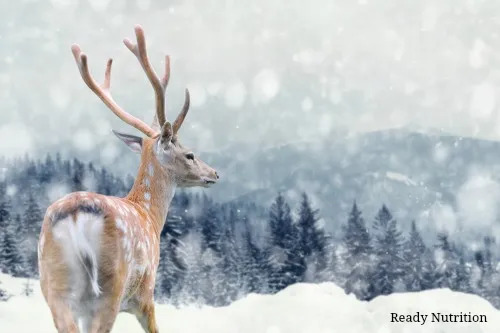
For your perishables, now will be a good time to fill up that freezer with frozen food, as you will soon have freezing temperatures to sustain them if you should lose power. Hunting wild game is a great way to fill the freezer with tasty protein sources. I once wrote that anything needing cooking you should do prior to freezing. Then you freeze it after it is cooked. Your item is then ready to go…just warm it up.
5. Personal Gear and Clothing

Get those winter clothes out of storage and ready to use. This includes changing out the light sleeping bag of the summer with the extreme cold weather bag and Gore-Tex cover. Pull that Gore-Tex “Gumby” suit out of the storage! Ensure all of your thermal underwear is serviceable and ready to go. Remember: dress in layers, and plan on dressing in layers. It is easier to “peel” off a layer if need be than remove the whole “space suit” and then be cold underneath. Boots and footgear need to be cleaned and serviceable. Almost time to switch off from summer hikers to winter boots with Thinsulate.
6. Stored Goods and Prepper Supplies
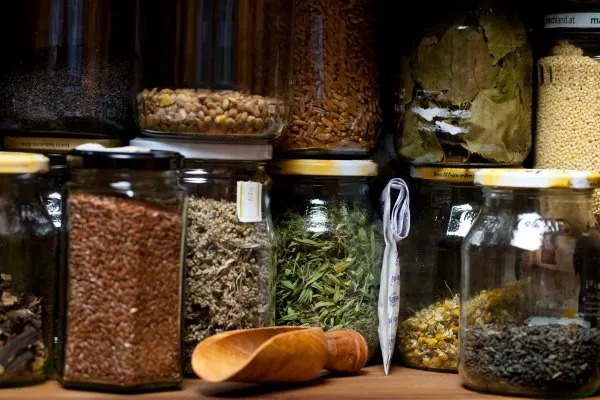
Ensure that all of your perishables and canned goods and supplies are protected from the cold and from alternate freezing-thawing cycles. Long ago I recommended “wide-mouth” Mason jars, as they can usually stand up to the rigors of a freeze. Ensure that medications that cannot be frozen will not be frozen. This is a good time to conduct an inventory and make sure your FIFO (First-in, First-out) lists are up to date.
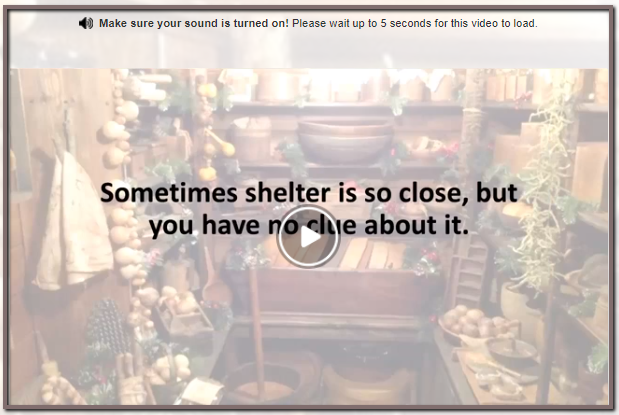
Also be sure that there are adequate measures to control vermin, such as rats and mice that will enter the house as the temperatures drop. The cat (as you know) is my preferred measure of choice, but if you do not have one, you’ll have to plan accordingly with traps and other deterrents. Regularly checking your supplies (yes, even once every day!) will help in this department. Also, if you have a cat? Make sure he can go in where the supplies are kept.
7. Emergency Equipment
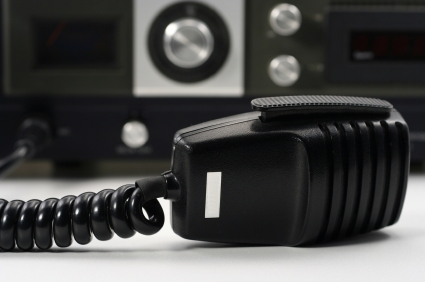
This means all of your alarms, night vision devices, family communication devices (such as CBs and Motorolas), scanners, radios, emergency signaling devices, and first aid gear are accounted for and in working order. Some time back I wrote a piece on the importance of taking an inventory for accountability and serviceability on your equipment. This piece needs to be applied here. Check all of your battery compartments for any signs of rust or leakage, and actually test the device. A thermal sight does no good if the batteries are either dead or leaking into the chamber. Ensure all of your family members know where this equipment is and how to use it.
8. Snow Removal

This may seem minor until you’re in a snowstorm and have to get out of the house because of some emergency. Have the high-tech (the snow blower) as well as the low-tech (the shovel) ready and in good working order. Have plenty of ice melt, salt, and sand prior to an Arctic Ragnarok moving into your neighborhood. On a side note, if you have an ample supply of snow, you can harvest the clean snow for an emergency water supply.
9. “I’m your vehicle, Ba-by!”

As Tom Jones once crooned, only the reverse is true here. It won’t take you anywhere you want to go…unless it is serviced and in good mechanical working order. Load up the trunk or back bed with supplies for emergencies, such as food, blankets, emergency gear, and what is needed. Don’t let yourself down by allowing your vehicles to be in disrepair. Take care of this stuff now, before the winter sets in.
These are the basics to get the “creative juices” flowing in your mind. Of course there are many more items that could be listed; however, these are basics and not intended to be comprehensive. The best time to start on them is now. Don’t put off doing these tasks, as they are important to accomplish before the cold, wet weather sets in. An ounce of prevention over a pound of cure any day.

source : Jeremiah Johnson

